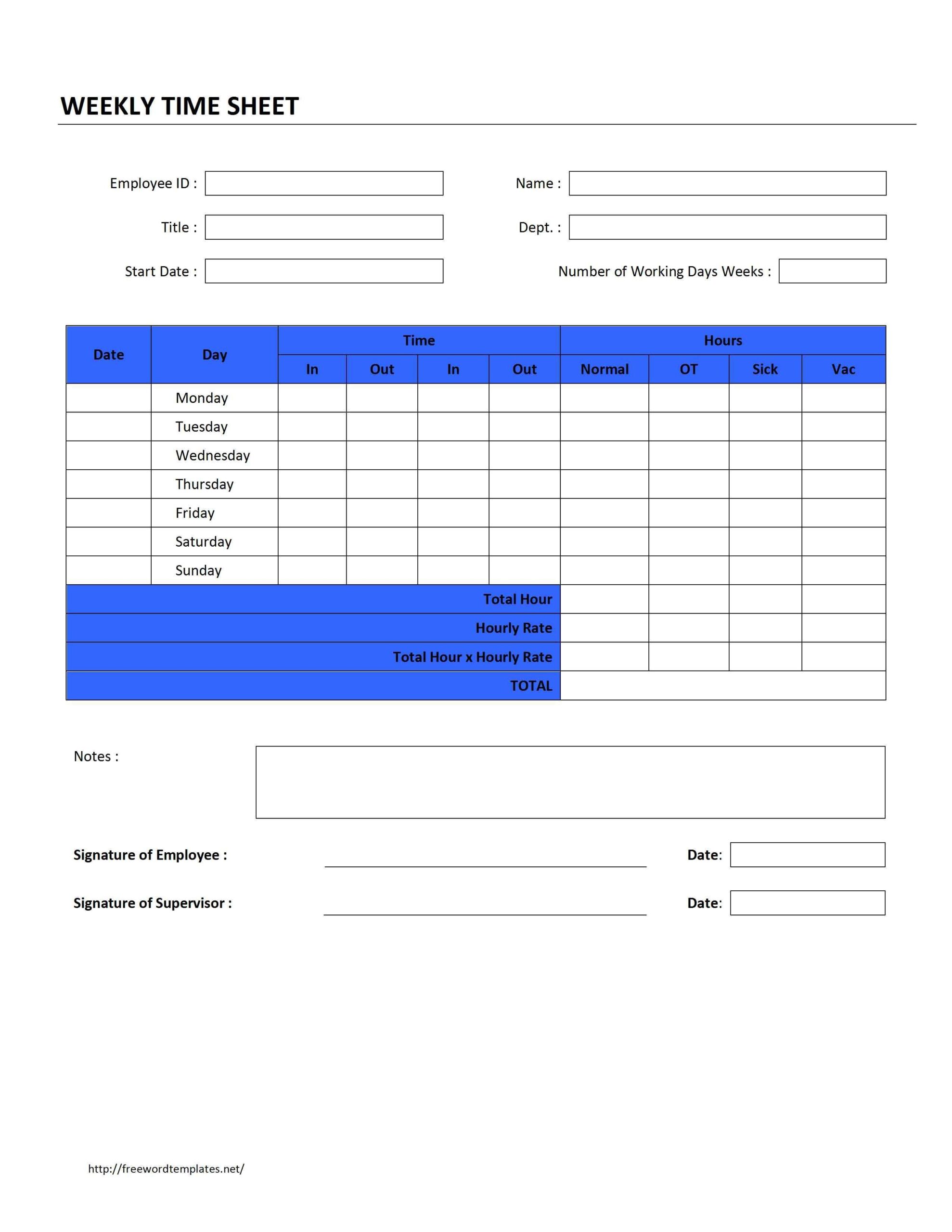Keeping track of employee work hours is essential for any business. Not only does it ensure accurate payroll processing, but it also helps monitor productivity and manage resources effectively. This is where employee timesheets come into play. In this article, we will explore what employee timesheets are, why they are important, what to include in a timesheet, how to write one, and the common mistakes to avoid. So, let’s dive in!
What is an Employee Timesheet?
An employee timesheet is a document used to track the hours worked by an employee during a specific period. It serves as a record of the time spent on various tasks and projects, allowing employers to calculate wages, monitor attendance, and evaluate productivity. Timesheets can be either paper-based or electronic, depending on the company’s preference and available resources.
Why Do You Need an Employee Timesheet?
Having an employee timesheet system in place offers several benefits for both employers and employees:
- Accurate Payroll: Timesheets provide the necessary data for calculating accurate wages, ensuring employees are paid correctly and on time.
- Attendance Management: Timesheets help monitor employee attendance, track tardiness or absences, and identify any patterns or issues.
- Resource Allocation: By analyzing timesheet data, employers can allocate resources more effectively, ensuring the right people are assigned to the right tasks.
- Project Management: Timesheets enable project managers to track the time spent on different projects, ensuring they stay within budget and meet deadlines.
- Performance Evaluation: Timesheets provide valuable insights into employee productivity, helping identify top performers and areas for improvement.
When Should You Use an Employee Timesheet?
Employee timesheets should be used in various scenarios, including:
- Hourly Employees: For businesses that employ hourly workers, timesheets are essential for tracking their work hours accurately.
- Remote Work: In the era of remote work, timesheets help employers monitor the hours worked by employees who are not physically present in the office.
- Project-based Work: Timesheets are particularly useful for project-based work, where tracking time spent on different tasks is crucial for billing and project management.
- Flexible Schedules: If your company offers flexible working hours, timesheets can help ensure employees are meeting their required hours and maintaining a healthy work-life balance.
What to Include in an Employee Timesheet?
An effective employee timesheet should include the following information:
- Employee Information: Start by including the employee’s name, employee ID, and department.
- Date and Time: Each entry should include the date and the start and end times of the work period.
- Task Description: Specify the tasks or projects the employee worked on during the given period. Be as specific as possible to ensure accurate tracking.
- Breaks and Overtime: Record any breaks taken by the employee and indicate if any overtime hours were worked.
- Supervisor Approval: Leave space for a supervisor or manager to review and sign off on the timesheet to validate its accuracy.
How to Write an Employee Timesheet?
Follow these steps to create an effective employee timesheet:
- Choose a Format: Decide whether you want to use a digital timesheet template or create a custom one using spreadsheet software like Excel.
- Include Relevant Fields: Make sure to include all the necessary fields mentioned earlier, such as employee information, date and time, task description, breaks, and supervisor approval.
- Organize the Layout: Design the timesheet in a clear and organized manner, with sufficient space for employees to fill in their hours and comments.
- Communicate Expectations: Clearly explain to employees how to accurately fill in the timesheet and emphasize the importance of their accuracy.
- Regularly Collect and Review Timesheets: Set a schedule for employees to submit their timesheets and ensure timely review and approval.
Common Mistakes to Avoid
When dealing with employee timesheets, it’s important to avoid the following mistakes:
- Missing Entries: Encourage employees to fill out their timesheets daily to ensure accuracy and prevent missing entries.
- Estimating Time: Employees should record actual hours worked rather than estimating. Guesswork can lead to inaccurate data.
- Not Including Breaks: Remind employees to record their breaks to ensure accurate calculation of work hours.
- Failure to Review: Supervisors should thoroughly review timesheets for errors or inconsistencies before approving them.
- Not Training Employees: Provide proper training on how to fill in timesheets correctly to avoid confusion or mistakes.
- Ignoring Compliance: Ensure your timesheet process complies with labor laws and regulations to avoid legal issues.
By implementing an effective employee timesheet system and avoiding these common mistakes, businesses can streamline their payroll processes, enhance productivity, and ensure fair compensation for their employees. So, take the time to create a comprehensive timesheet that meets your specific needs, and watch your time management improve!
Download: Employee Timesheet Template
